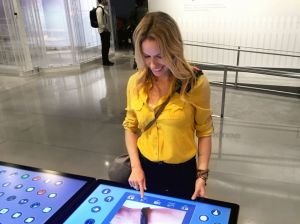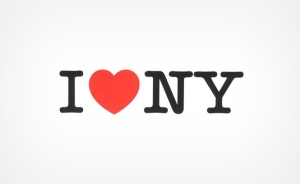Brand Audits Update x Chris Moody*
As the impact of social media and online shopping increases, even non-retail brands (think professional services—accountants, lawyers, and architects etc) need to think like a retailer. Like a retailer with a shop window (bricks-and-mortar or online store), the professional services firm has to think about their ‘window’. Their ‘window’ is their office environment (location and fit out) as well as their website and other digital communication.
And like a retailer, they must plot the ‘customer journey’ to understand the entire journey your customer has with your brand and what their experience is—from the very first telephone call or email to the invoice being sent. As with a retailer, every single ‘touch point’ matters. And like a retailer, branding is about creating an authentic brand that aligns with, and represents, your organisation’s strategy and vision.
Observing and learning from successful retail brands is a great starting point
Apple is an example of a great brand. Apple—the corporate brand—designs every detail or ‘touch point’ that comes in contact with the customer eg, Apple has beautifully designed, customer-centric products presented in purpose-designed packaging and contained in an innovative carry bag. The Apple website is easy to navigate and both the layout and the language align with the Apple ethos of simplicity and creativity.
Apple designs every detail or ‘touch point’ that involves the customer and their experience with the brand.
Professional services branding has become even more important with the explosion of social media. These days, everyone has access to your brand—whether online or through your staff—and every organisation needs to be in control of the management of their brand. It is important to ensure your organisation’s brand message is consistent across each and every ‘touch point’. Key to creating a differentiated and consistent brand is about delivering the entire brand package so you can carve out a niche and stand out from the crowd in an ever-increasing and competitive professional services arena.
*Christine Moody is one of Australia’s leading brand strategists and the founder brand management consultancy, Brand Audits. With more than 30 years’ professional experience, Christine has helped a diverse client base of local and international brands, including Gold Coast City Council, Hilton Hotels, and Wrigleys USA, to develop, protect and achieve brand differentiation.
For more information: chris.moody@brandaudits.com.au or +61 419 888 468.










